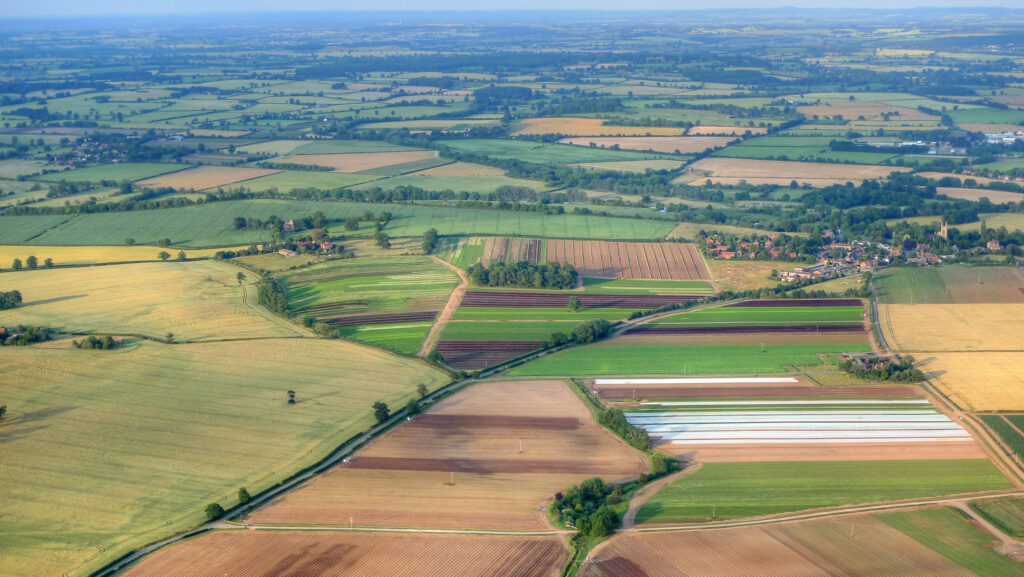Opinion: Multiple factors will affect the value of farmland
 © Adobe Stock
© Adobe Stock What is farmland worth? The short answer has always been “whatever someone will pay”. But that is not much use if one is considering a sale, purchase or valuation for other purposes.
Traditionally, “20 Years Purchase” (or 20 times the prevailing rent ) has been the accepted figure, at least as a starting point.
Some 450 years ago, Henry VIII sold 2 million acres, taken from the monasteries, at this multiple, with land priced at the equivalent of 50p/acre and rents of around 2.7p/acre.
This multiplier has, to a degree, held good ever since.
See also: Check out our weekly rural property listings
About the author

Peter Clery is a retired agricultural investment banker from Lincolnshire. Here he attempts to answer the question, “What is farmland worth?”
For vacant land, however, amenity value, planning permissions, rollover situations and marriage values can all greatly increase its worth above a basic agricultural figure.
Furthermore, only about 1-2% of farmland changes hands each year, creating a supply-demand imbalance.
If for any reason a large amount of land suddenly comes onto the market, as happened with the break-up of big estates in the 1890s and the 1920-30s, prices could be greatly reduced.
The restriction on agricultural inheritance tax relief by this government could have a similar effect, if farmers are forced to sell to meet a tax charge.
Current values
But back to current farmland valuations. There is at present a unique situation by which to assess the current value of top quality land for food production…
The 5,000-acre Sutton Bridge Estate in Lincolnshire was put on the market last April.
Two factors affect its value: positively, the quality of the land (all Grade 1 suitable for potatoes, vegetables, cereals and sugar beet); and negatively, the possibility of flooding, as the River Nene flows alongside the eastern boundary.
The asking price was £55m, of which £5m might be residential development value.
With average rents of about £200/acre, that suggests a price indication of some 50 Years Purchase, or a 2% yield on investment.
What the estate finally sells for will be a guide to the actual value of farmland for farming, as well as investor mood.
A figure of, say, £40m, or £8,000/acre, would be equivalent to 40 Years Purchase and give a yield of 2.5% – a much lower yield than for previous sales.
Capital gain
However, any buyer will be expecting a steady further capital gain, to offset the initial low annual return.
And in view of the past hedge against inflation which farmland has provided, this is more than possible. Consider the history:
Guy’s Hospital bought Sutton Bridge in the mid-1740s for some £39,000 – a fraction over £7/acre for the then 5,500 acres, representing around 17 Years Purchase value on rents of about 40p/acre.
The estate was then nationalised by Lloyd George’s government in 1921 and turned into smallholdings for soldiers returned from the 1914-18 war.
The Ministry of Agriculture sold the property to the Lands Improvement Group for some £7m – approximately the same “17 Years Purchase” as Guy’s had paid in the 1740s.
The Lands Improvement Group then sold to the Henry Smith Charity at the turn of the century for some £15m – a fair price at the time.
So perhaps the answer to the question “What is farmland worth for farming?” is still “about 20 Years Purchase of the passing rent”, but “possibly as low as 15 or as high as 40”, depending on the circumstances and the attitude of a buyer.
However, estimates of inflation also play a major part in any investment decision.
Looking back, the Guy’s valuation of £7/acre in 1750 would represent just £1,400/acre now, well short of the likely current value – making land a brilliant long-term, inflation-beating device for any would-be investor.
